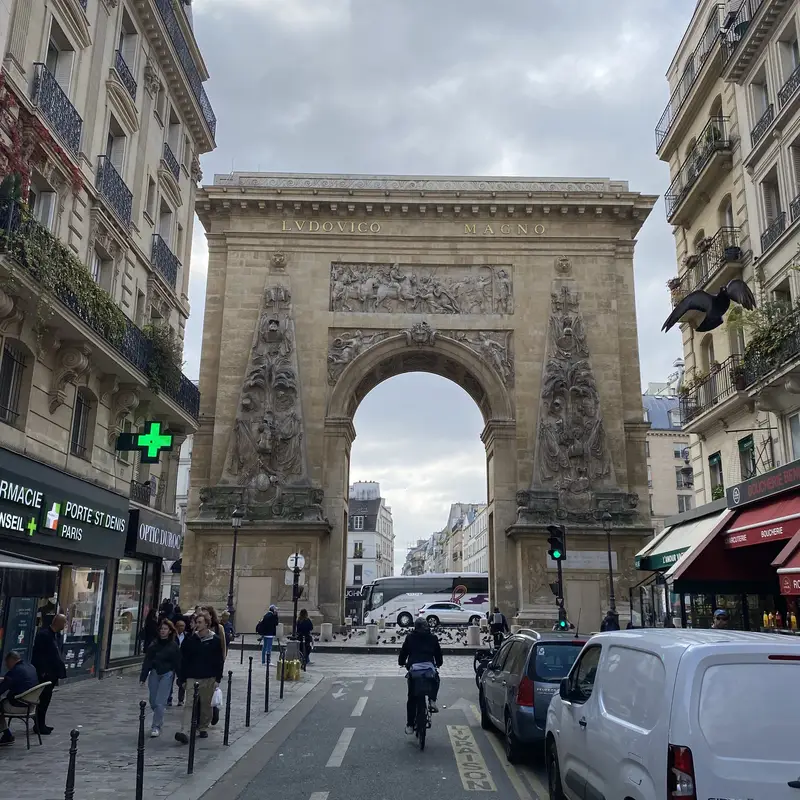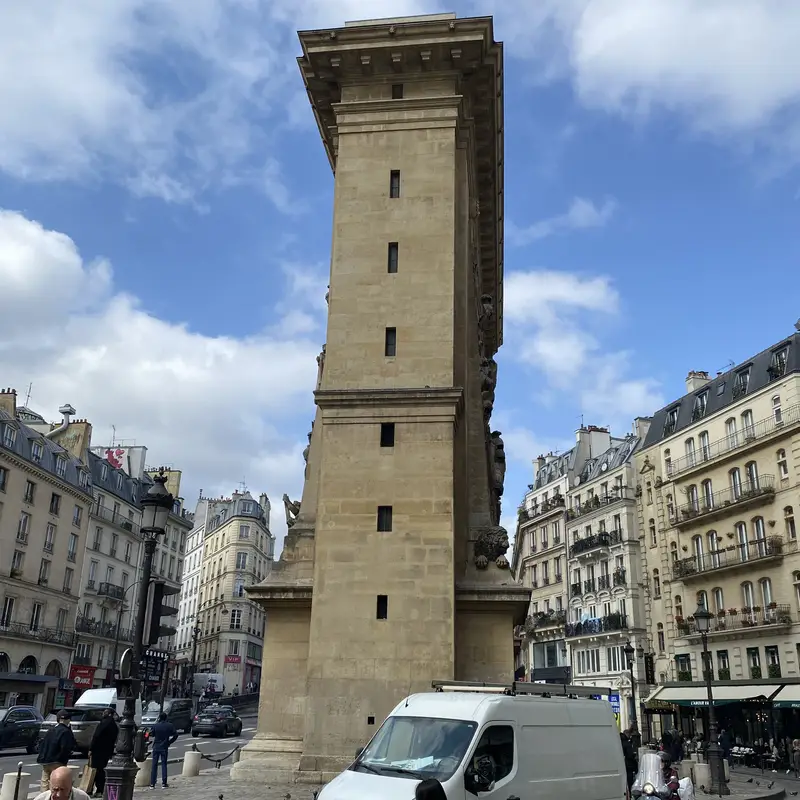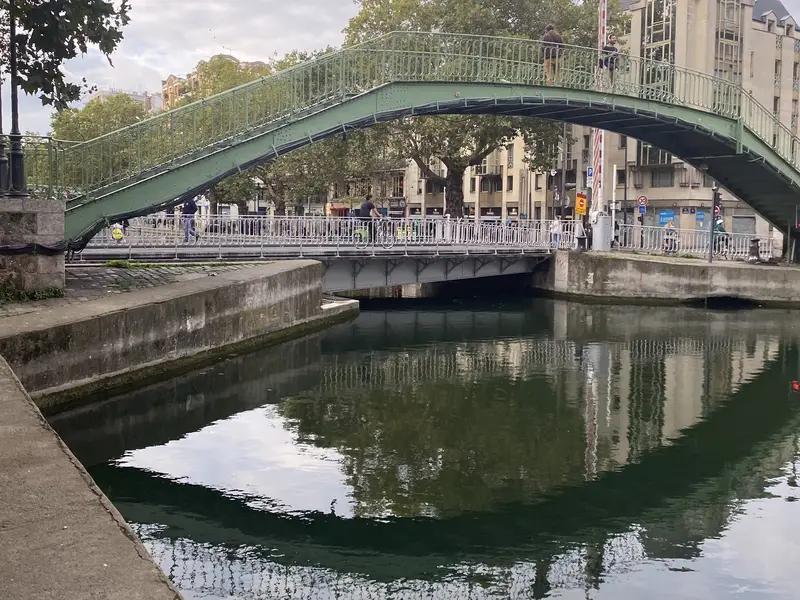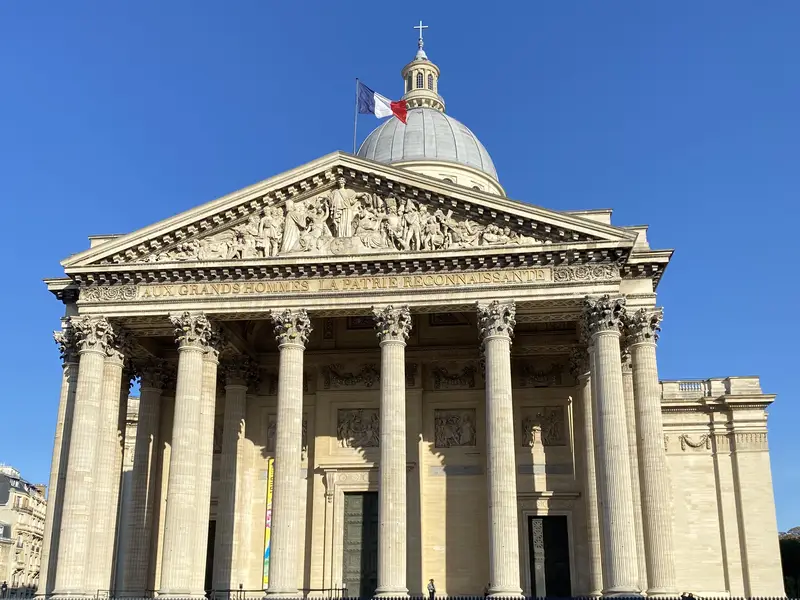From Gateway to Monument: The Story of Porte Saint-Denis
At a bustling intersection in Paris’s 10th arrondissement stands Porte Saint-Denis, a symbol of the power and history of the Sun King. What makes it so exceptional?
Porte Saint-Denis: A Triumphal Arch in the Heart of Paris
Porte Saint-Denis, a majestic triumphal arch, is one of the most significant historical monuments in Paris. Built in 1672, it serves as both a celebration of Louis XIV’s military victories and an iconic example of French Baroque architecture. The arch is located in the 10th arrondissement, at a busy junction where Rue Saint-Denis, Rue du Faubourg Saint-Denis, Boulevard de Bonne-Nouvelle, and Boulevard Saint-Denis converge.
History and Purpose of the Structure
Porte Saint-Denis was constructed as a symbol of Louis XIV’s power and triumphs, particularly his victories in the Netherlands and Alsace during the Franco-Dutch War. Inspired by the ancient Arch of Titus in Rome, it underscores the connection between the French monarchy and classical traditions.
Designed by architect François Blondel and adorned by sculptor Michel Anguier, the arch was completed within a year, showcasing the Sun King’s court’s commitment to highlighting his glory.
Dimensions and Design
Porte Saint-Denis is an impressive structure, standing 25 meters tall, 24.65 meters wide, and 5 meters deep. Its main arch spans 15 meters, while the smaller side arches for pedestrians are more understated. The decoration features two main reliefs: on the southern side, “Crossing the Rhine” depicts Louis XIV as a divine conqueror crossing the river, and on the northern side, the king is shown entering Maastricht during the 1673 conquest. Above the central arch, a Latin inscription reads “Ludovico Magno” (“To Louis the Great”), honoring the king’s military achievements. This inscription reinforces the monument’s role as a tribute to Louis XIV.
Where to Find It and How to Get There
The arch stands in the vibrant area of the 10th arrondissement, where historic landmarks blend with modern city life. The nearest metro station is Strasbourg – Saint-Denis, served by lines 4, 8, and 9. From the station, the arch is just a few minutes’ walk away.
Cultural Significance and Modern Role
Porte Saint-Denis no longer functions as a city gate but remains a popular tourist destination and one of four triumphal arches in Paris. Declared a historic monument in 1862, it enjoys protection and care. Today, the area around the arch is filled with cafes, shops, and bustling Parisian life, giving this historical monument a new dimension.
Moreover, Porte Saint-Denis is not just a relic of the past but also a source of inspiration for artists, photographers, and architecture enthusiasts who admire its symbolism and majestic design.
Interesting Facts
- The arch once served as an entrance gate to the city within the old city walls.
- It inspired other triumphal structures in Paris, including the famous Arc de Triomphe.
- Nearby streets, such as Rue Saint-Denis, have a rich history as commercial arteries dating back to the Middle Ages.
Porte Saint-Denis is a symbol of French history that continues to thrive in the dynamic setting of a modern city. Visiting this monument offers not only a glimpse into the past but also a chance to experience Paris’s unique atmosphere.









